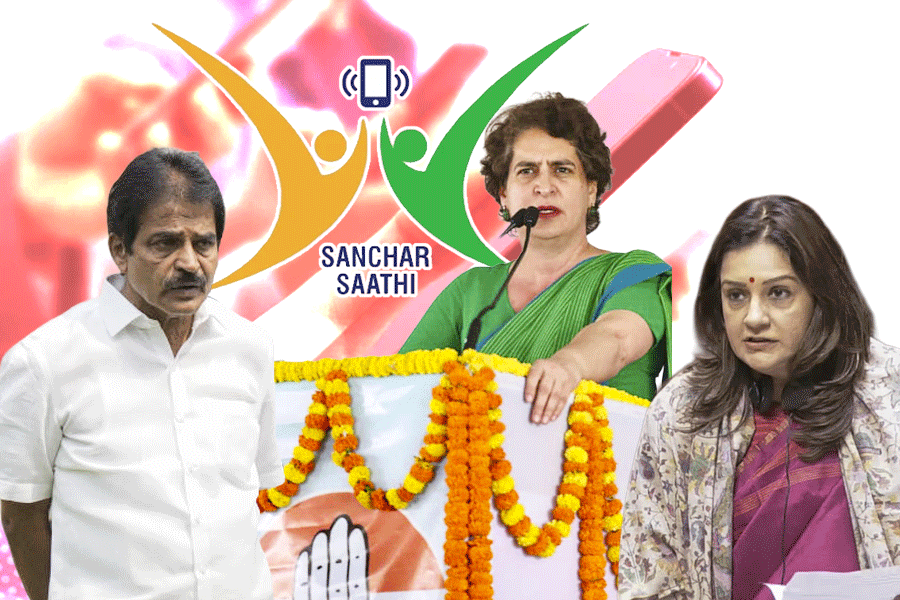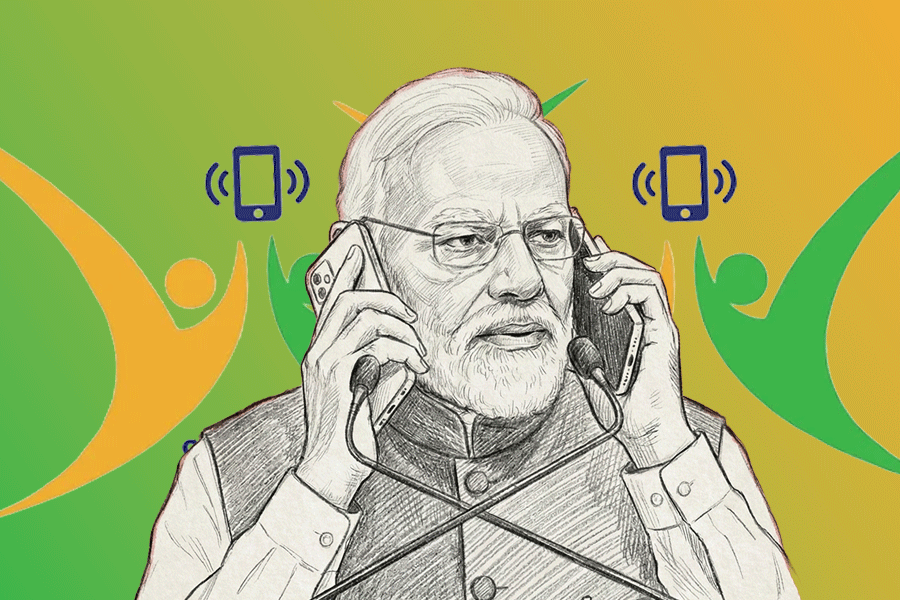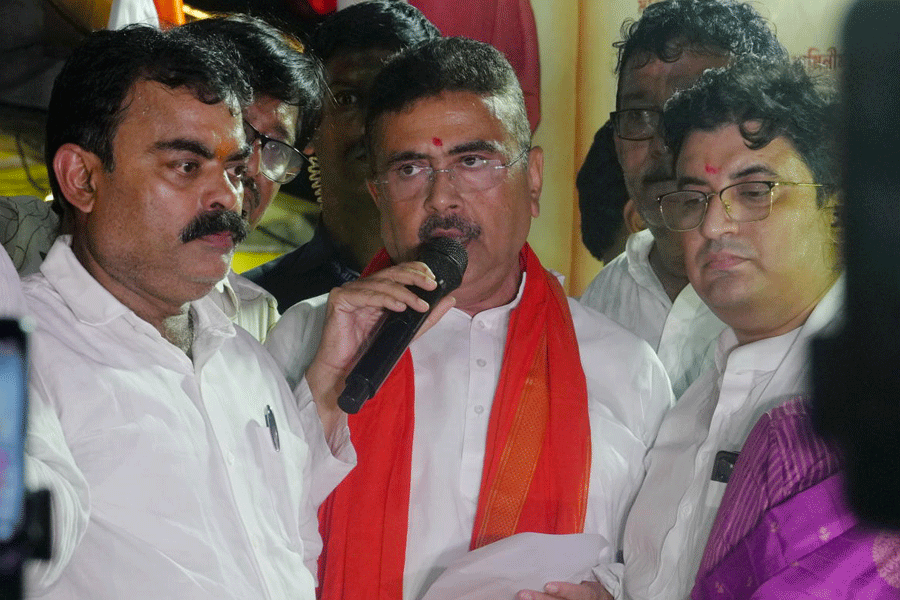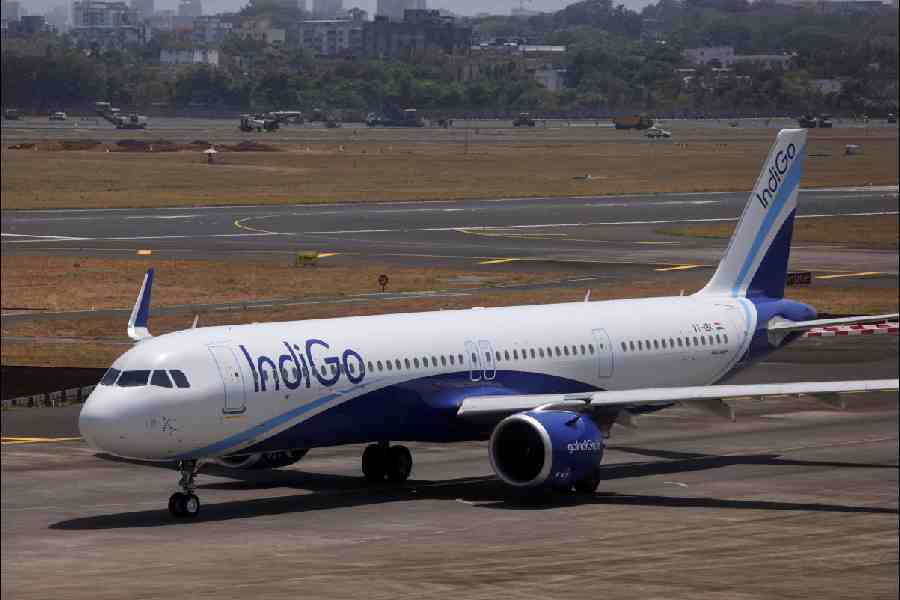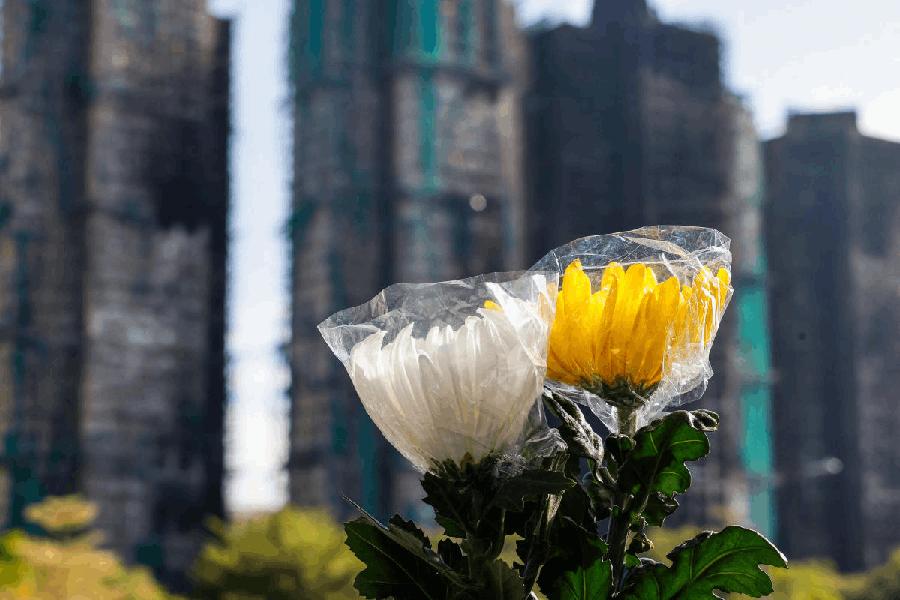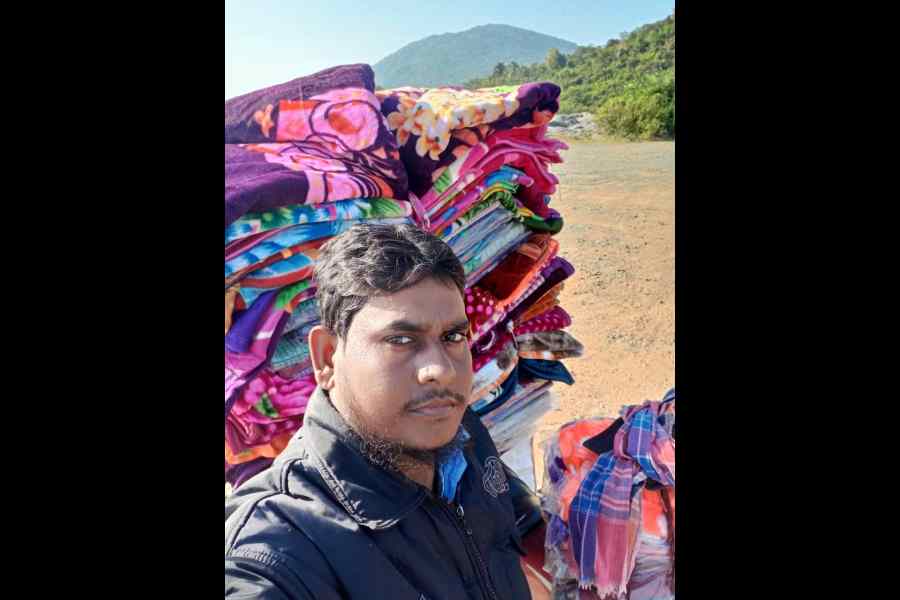 |
Dec. 7: A blast ripped through a packed Sitala Ghat in Varanasi during this evening’s Ganga Aarti, killing a two-year-old girl and injuring at least 25 including two European women tourists, the attack bearing parallels to twin explosions that killed 20 in the city four years ago.
An email purportedly sent by home-grown terror outfit Indian Mujahideen from Malad in Mumbai claimed responsibility and linked the recent Ayodhya title verdict to the explosion, which came a day after the Babri demolition anniversary.
Prime Minister Manmohan Singh appealed to the people to maintain calm and peace, describing the blast as “an attempt to weaken our resolve to fight the evil forces of terrorism”.
Home minister P. Chidambaram, who said the authenticity of the email claim was being verified, echoed the Prime Minister and said: “The government condemns the attempt to disturb the peace and harmony by a misguided group….”
The blast breaks a lull since the Pune bakery bombing in February and is the second major terror strike in the country since 26/11, whose victims were today mourned by visiting French President Nicolas Sarkozy in Mumbai.
Sources said the dead girl, Swastika Sharma, had come with her grandmother to watch the aarti on the paved steps of the Sitala Ghat, adjacent to the more famous Dashashwamedh Ghat.
The bomb was apparently hidden in a milk can placed near the gates of a temple about 100 metres from the ghat — a distance that police said kept the casualties comparatively low. Senior officials variously described the intensity of the explosion as “low” and “medium”.
Most of the injured — the numbers given ranged from 25 to 35 — seem to have been victims of a stampede. Swastika, daughter of a doctor, was hit by splinters in her stomach and died in a hospital’s operation theatre because of excessive bleeding, a doctor said.
 |
 |
Among the injured are a Frenchwoman, Rachael, 44, and a 46-year-old Italian woman, Alexandrio Monthaili. Rachael was discharged from hospital but Monthaili was being treated for head injuries caused by one of the flying pieces of concrete from the ghat’s steps that were shattered by the blast.
The attack bore many similarities to the bloodier March 7, 2006, strike in Varanasi when bombs went off in succession at the Sankatmochan (Hanuman) temple and the railway station. Both days’ attacks took place around 6.30pm, the time when religious sites are chock-a-block with devotees and tourists, and both days were Tuesdays.
If Tuesday is the holiest day of the week for Hanuman worshippers, it’s also the day for the biggest Ganga Aartis, marked by six priests dancing with lighted candles on the ghat’s steps. The intricate patterns the flickering lights weave in the air are a big draw for devotees and tourists alike.
It seems that like four years ago, serial blasts were attempted today too. A police bomb squad found and defused an unexploded bomb in a garbage can near the ghat around 8pm. Officers suspect both of the day’s bombs contained ammonium nitrate like the March 7 bomb, which was planted in a pressure cooker.
A third explosive device was found near Dashashwamedh Ghat — where an unexploded bomb had been discovered after the 2006 blast — but sources said this one was a cruder version.
The priests had just begun when the ghat blew up with a deafening sound. “There was panic. Everybody was running for cover,” said witness Devendra Singh Rathore, adding there were at least 200 people.
The site was strewn with slippers, brass candle-holders, pieces of holy silk cloth and the camphor container for the aarti. A small drum lay nearby. “Clearly the tourists, especially the foreigners, were targeted,” said Varanasi inspector-general of police R.P. Singh.
The main 2006 blast suspect, Mohammad Waliullah, was freed of terror charges for lack of evidence in 2008 but jailed for 10 years for possessing arms.
That blast was blamed on the Harkat-ul-Jihad-al-Islami. Officers said the Indian Mujahideen, responsible for a series of explosions in 2006-08, had been weakened two years ago with 16 arrests in eastern Uttar Pradesh but was trying to regroup.
The email, signed “Al Arbi”, could have been sent from a mobile phone and was apparently prepared yesterday, sources said.


